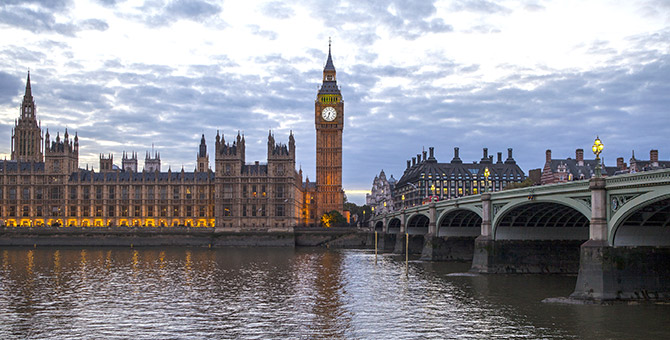Business rates continue to be the focus of debate in commercial property, as Councils across England have forecast 2017’s income to reach a record-breaking £23.5 billion, despite many small businesses paying no rates at all.

The near £400 million increase, according to Local Government Minister Marcus Jones, was down to the rise in the number of new businesses across the country. Latest figures show there are 900,000 more businesses now than in 2010.
In the future, however, when the rules change, councils that lead the way in driving growth will be rewarded, allowing them to keep 100% of the business rates income.
These changes are to be implemented by 2020, which means that under the existing rules, councils will miss out on receiving the full £23.5 billion, instead of the £11.75 billion under the existing rules.
Marcus Jones commented: “Councils already plan on handling out discounts of £3.2 billion which supports charitable work, fills vacant shops and encourages entrepreneurs but we want to further incentivise councils to do even more.”
“That’s why by 2020 councils will have greater financial autonomy and be handed the power to cut rates as much as they like to boost enterprise in their local areas. And those that do give business a helping hand will reap the rewards – keeping 100% of the additional growth they regenerate.”
Business rates retention has already proven financially beneficial, with local authorities keeping 50% of the business rates income they generate since 2013. This has resulted in 90% of authorities expecting to see additional business rates income from 2015.
The Government has also introduced over £1 billion support for the business rates bills in 2015/2016, as well as confirming that it is doubling Small Business Rate Relief which will continue into 2016/2017.